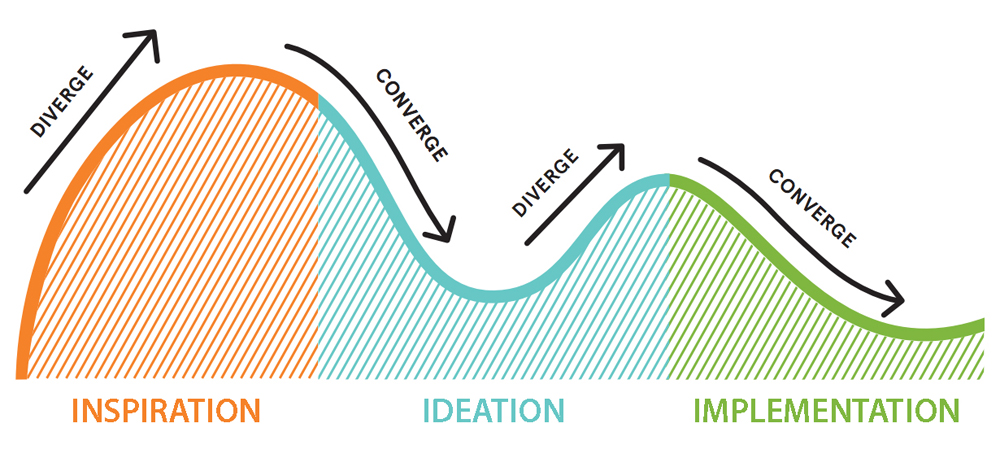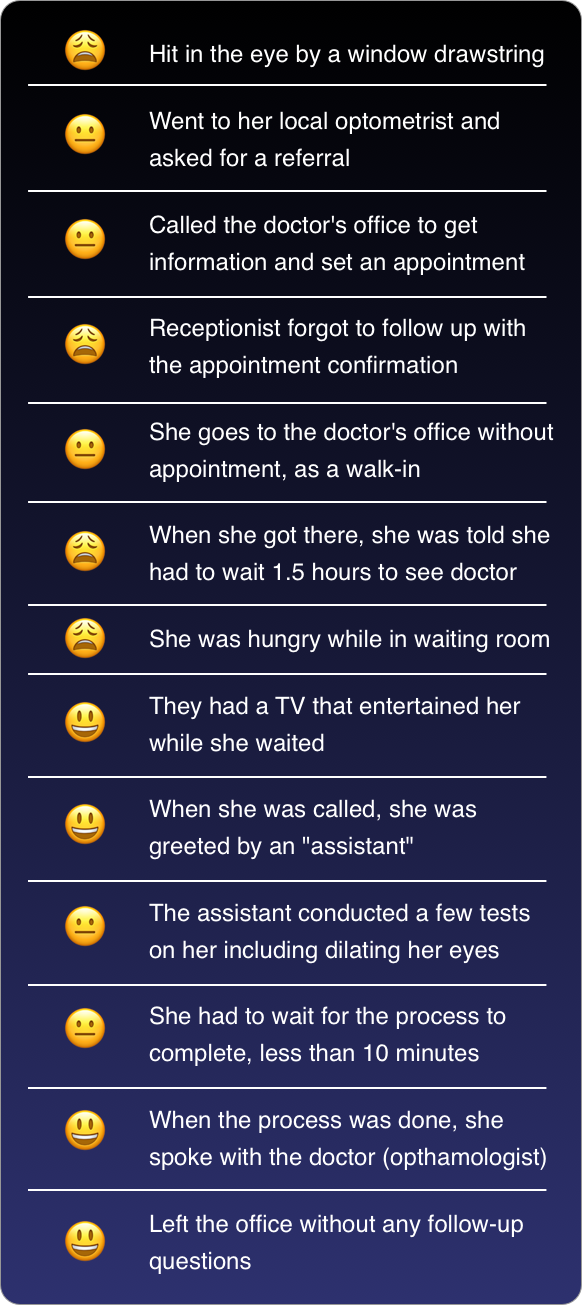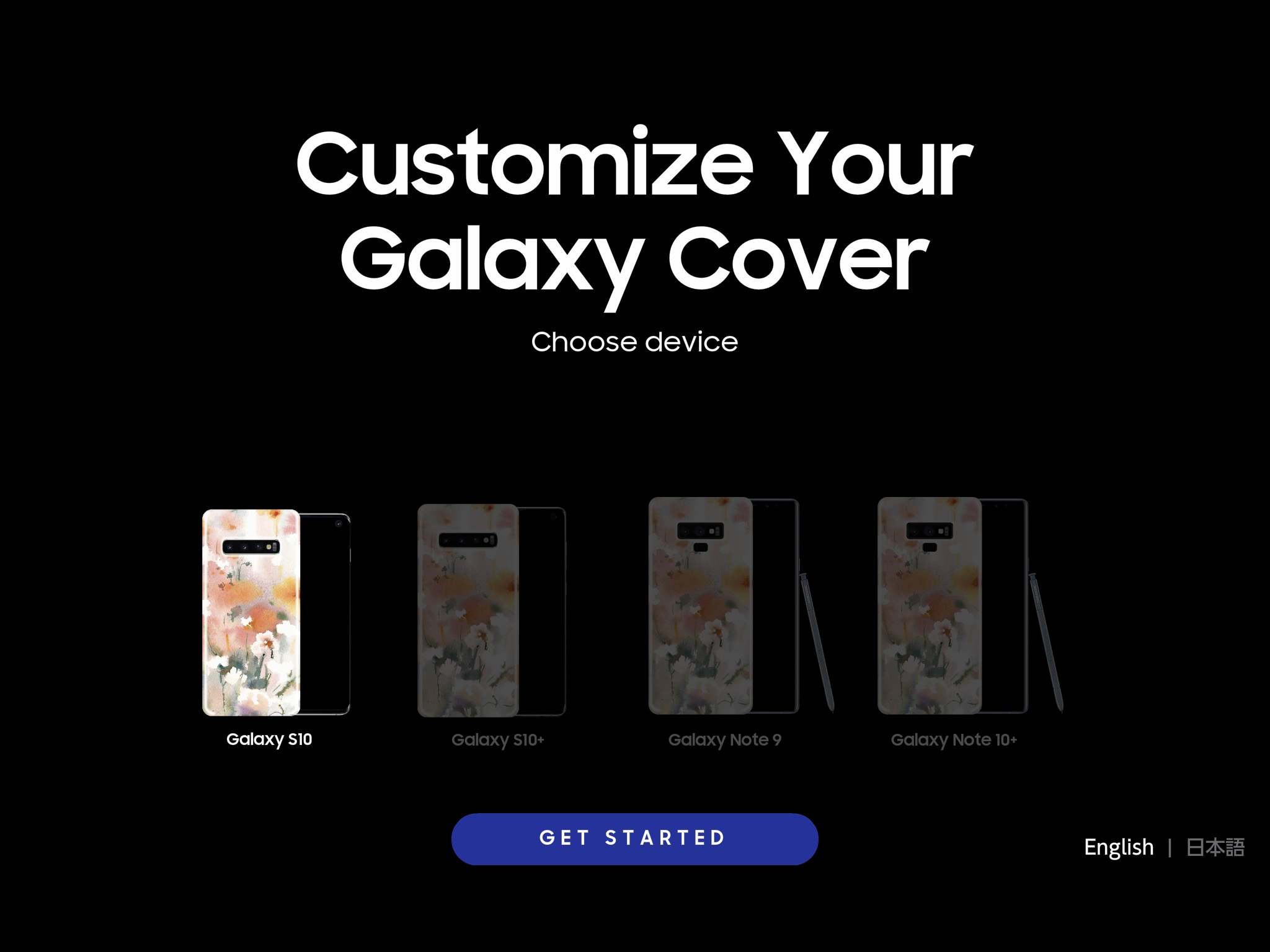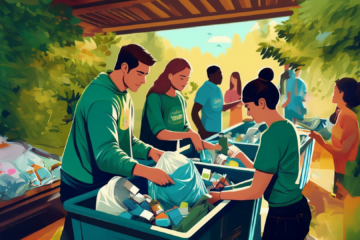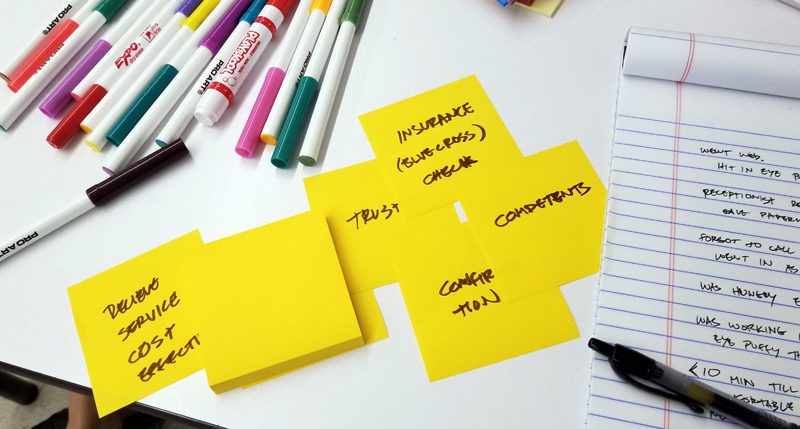 Summary
Summary
Class instructed by Marina Terteryan.
In this week’s class, we applied some of the information we learned from last week’s class of design thinking and how to use them when we consider the user’s experience through the interaction between them and the service.
NOTES
By definition, service design is:
“The activity of planning and organizing people, infrastructure, communication and material components of a service in order to improve its quality and the interaction between service provider and customers. The purpose of service design methodologies is to design according to the needs of customers or participants, so that the service is user-friendly, competitive and relevant to the customers.”
- Research
- Get to know the audience
Ideation
- Coming up with ways to solve the problem
- “How might we…?”
Implementation
- Prototype and test
- Reiterate
Principles of Service Design
The principles of service design are very similar to UX design in the sense that you are ultimately trying to create an enjoyable experience for the end user. Here are some notes taken from the textbook on service design, This is Service Design Thinking by Marc Stickdorn and Jakob Schneider.
User-Centered
- Service design should always revolve around people and their needs.
Co-Creative
- Service design should involve everyone that is part of the service and system. This includes everyone from all positions, not just stakeholders.
Sequencing
- Service design is based on a series of actions and key moments during a customer’s journey.
Evidencing
- Create awareness of all the elements of the service for the customer to help them understand what is included in the entire service experience, creating loyalty.
Holistic
- Design holistically, knowing that it can and will affect the entire experience of the service.
Tools of Service Design
The tools, just like the principles, of service design are very similar to UX design as well.
Personas
- A persona is a general representation of typical customer that reflects what the broader customer segment. The way a persona is developed by qualitative research through conducting interviews of many customers of the same segment. Personas are useful because it helps to keep the design with specific people in mind.
Customer Journey Map
- A customer journey map is a tool that documents the steps a customer takes through a service and how enjoyable each step is. Usually, their journey begins a bit before they even approach the service they are about to experience.
Service Blueprinting
- Essentially, this is like a flowchart of actions that occur at certain points of the service. It’s like a customer journey, but instead, it outlines what actions, resources and support systems required to make those events happen.
MINI PROJECT
At the end of the class, we had a quick exercise to demonstrate the process of service design. We were instructed to interview another classmate and ask them about their recent experience visiting a doctor.
Pallavi recently had a situation where she injured her eye and was concerned. This prompted her to take action. I went on to ask her a few questions about her visit and what she felt along the way. She described her journey as I made notes of her feeling at each touch point.
The key point to this exercise was to observe what the customer’s experience consists of, where they started their journey, how they approached their events
